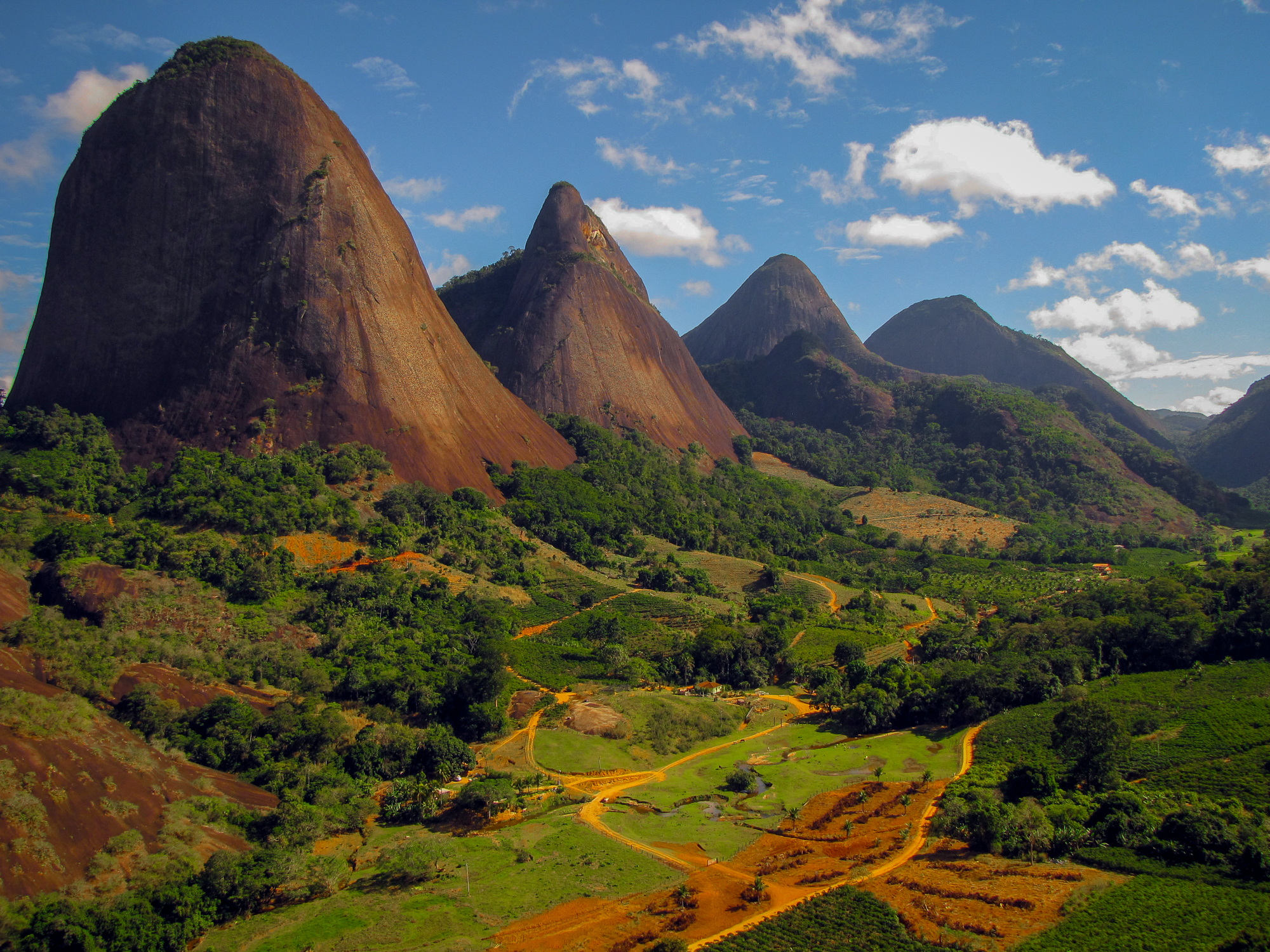Pancas, Espírito Santo on:
[Wikipedia]
[Google]
[Amazon]
 Pancas is a Brazilian municipality in the state of
Pancas is a Brazilian municipality in the state of IBGE 2020
/ref>
Website of the city
*
Official Pancas Website
 Pancas is a Brazilian municipality in the state of
Pancas is a Brazilian municipality in the state of Espírito Santo
Espírito Santo (, , ; ) is a state in southeastern Brazil. Its capital is Vitória, and its largest city is Serra. With an extensive coastline, the state hosts some of the country's main ports, and its beaches are significant tourist att ...
. Its population was 23,306 (2020) and its area is 838 km²./ref>
East Pomeranian
East Pomeranian (''Ostpommersch'') is an East Low German dialect that is either moribund or used to be spoken in what was roughly Pomerania (now northwestern Poland; previously part of Germany until the end of World War II) and today is also ...
, a dialect of Low German, has co-official status in Pancas.
It is situated on a tributary of the Doce River
The Doce River (literally the "sweet river"; pt, Rio Doce ) is a river in southeast Brazil with a length of .
The river basin is economically important. In 2015 the collapse of a dam released highly contaminated water from mining into the rive ...
, in the northwest of the state. Locally it is known as a good spot for paragliding
Paragliding is the recreational and competitive adventure sport of flying paragliders: lightweight, free-flying, foot-launched glider aircraft with no rigid primary structure. The pilot sits in a harness or lies supine in a cocoon-like ' ...
. The landscape around the town is distinguished by large numbers of granite inselbergs, and Pedra Agulha ("Needle Rock") near the town is the second highest "chaminé" (high, vertical-sided granite rock) in Brazil - the highest being the famous Corcovado
Corcovado (korcovádo) which means "hunchback" in Portuguese, is a mountain in central Rio de Janeiro, Brazil. It is a 710-metre (2,329 ft) granite peak located in the Tijuca Forest, a national park.
Corcovado hill lies just west of the ...
in Rio de Janeiro.
History
Before the European colonizers arrived, the area was inhabited byAmerindians
The Indigenous peoples of the Americas are the inhabitants of the Americas before the arrival of the European settlers in the 15th century, and the ethnic groups who now identify themselves with those peoples.
Many Indigenous peoples of the Am ...
. The first European settlers founded a village called São Silvano, but that was destroyed by the local Amerindians. The first permanent residents arrived in 1918 looking for valuable minerals, but the region of the Doce River was practically uninhabited till 1925, it was then that the first bridge over the Doce River was built, called Florian Avidos Bridge, and this brought more people into the north of the state for the first time. The bridge primarily opened access to logging companies which brought more people and coffee plantations, opening their way to the valley where Pancas is situated. The first settlement in the area was founded in 1925, and was called Nossa Senhora Da Penha.
Immigrants to the town in the 1920s and 1930 included large numbers of ethnic Germans, and the German dialect of East Pomeranian
East Pomeranian (''Ostpommersch'') is an East Low German dialect that is either moribund or used to be spoken in what was roughly Pomerania (now northwestern Poland; previously part of Germany until the end of World War II) and today is also ...
(now almost extinct in Europe) is spoken in the area.
External links
*Website of the city
*
Official Pancas Website
References
Municipalities in Espírito Santo {{EspiritoSanto-geo-stub